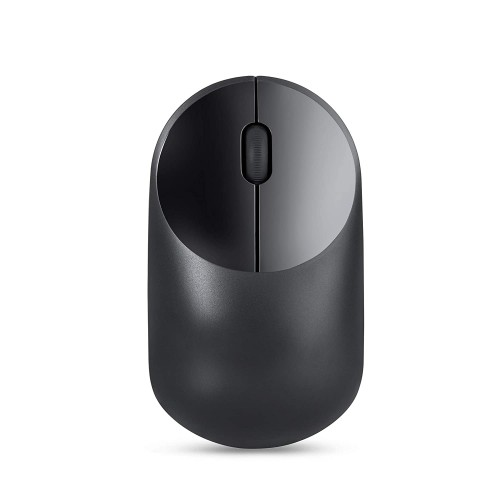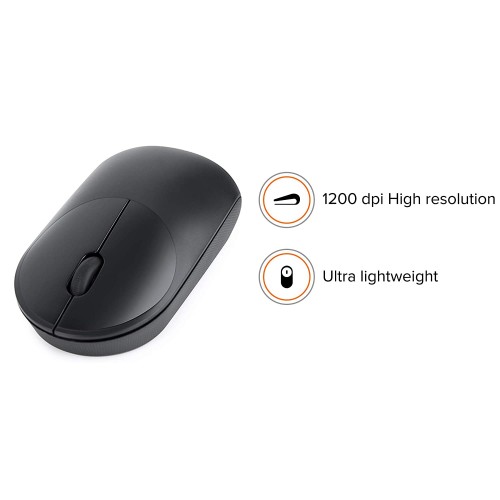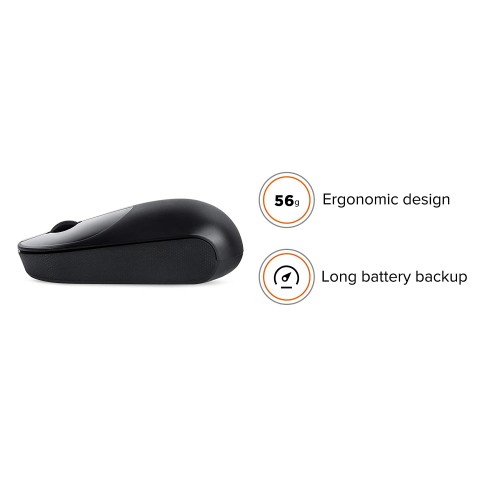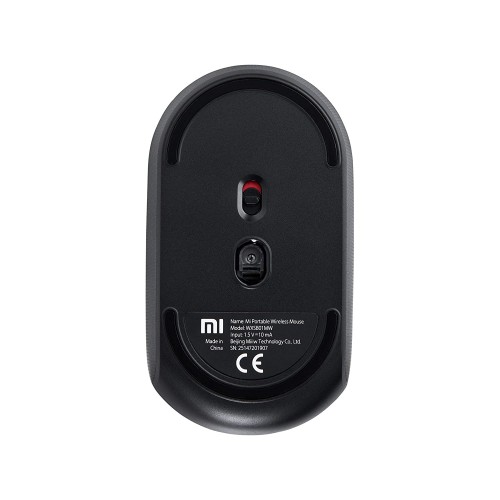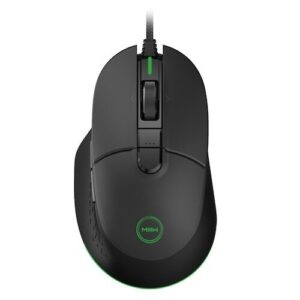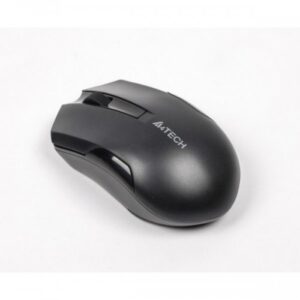Key Specifications and Features of the 2.4GHz Wireless Mouse
The 2.4GHz wireless mouse is designed to provide users with a seamless and efficient experience, particularly suitable for both casual and professional use. One of the primary specifications that define the functionality of this device is its connection type. Typically, the mouse connects via a USB 2.0 receiver, allowing for a reliable wireless connection that minimizes latency and interference. This capability ensures that users can operate their devices without the clutter of wires, enhancing overall workspace organization.
Another crucial specification to consider is the resolution of the mouse, which is commonly set at 1200 DPI (dots per inch). This level of sensitivity is adequate for general office tasks, graphic design, and casual gaming, accommodating a variety of user preferences. A DPI of 1200 strikes a balance between precision and speed, enabling smooth cursor movement across different screen sizes and resolutions.
In terms of physical characteristics, the dimensions and weight of the 2.4GHz wireless mouse contribute to its ergonomics and usability. Most models are designed to be lightweight, typically weighing around 100 grams, and feature dimensions that fit comfortably in the average user’s hand. This ergonomic design helps to reduce strain during extended use, making it an ideal choice for individuals who spend significant time on their computers.
Power supply is another important factor; these mice often run on AA or AAA batteries, providing a good balance of longevity and accessibility. Depending on usage, the battery life can range from several months to a year, though users should be aware that the lack of features such as mouse macro express support and DPI adjustment may limit customization options. Warranty information also varies among manufacturers, emphasizing the need for careful consideration of product reliability when purchasing a 2.4GHz wireless mouse.
Practical Considerations for Users of the 2.4GHz Wireless Mouse
The 2.4GHz wireless mouse has gained popularity among users for both gaming and general computing. One of the primary advantages of this mouse type is its wireless connectivity which allows for greater freedom of movement. This can significantly enhance gameplay experiences as users can maneuver without the limitations posed by traditional wired mice. However, its effectiveness also heavily depends on the specific design and features that cater to user needs and preferences.
The ergonomic design of the 2.4GHz wireless mouse plays a crucial role in user comfort during prolonged use. Typically designed with contours that fit the natural shape of the hand, these mice tend to minimize strain, reducing the risk of discomfort or repetitive strain injuries. Additionally, users can expect different weight categories; a lighter mouse can often enhance quick movements in gaming scenarios while a heavier one might provide stability for precision tasks. The black color of the mouse adds a sleek and professional appearance, appealing to a wide range of users.
Battery life is another practical consideration. Most 2.4GHz wireless mice operate on a single AA battery, which often lasts significantly longer than rechargeable models. This convenience means users spend less time worrying about charging and more time enjoying their activities. However, potential buyers should also consider the absence of a warranty; this may imply that they need to invest more thought into their purchase. Investing in a quality product initially is important, as features such as durability and reliability may not be guaranteed in the absence of a warranty. Thus, balancing the cost with longevity and usability could play a pivotal role in the decision-making process for prospective users of the 2.4GHz wireless mouse.
